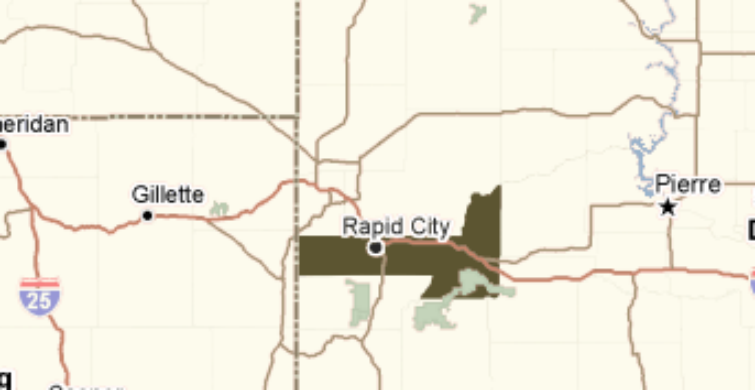The Decline of All-White Neighborhoods

Adding to the flurry of research that has emerged since the release of the 2010 Census Summary Files data, two economists from the Manhattan Institute recently released a report entitled “The End of the Segregated Century: Racial Separation in America’s Neighborhoods, 1890-2010.” Primarily using the dissimilarity index and the isolation index, the two most common segregation indices, some of the authors’ conclusions about the state of residential segregation in America have been sparking conversation in various media outlets.
Among the authors’ conclusions being discussed is the notion that all-white neighborhoods have become “effectively extinct.” The authors report that, in contrast to a half-century ago when 20% of neighborhoods had zero African-American residents, today African-American citizens reside in 199 out of 200 neighborhoods across the nation. Using PolicyMap, the following maps give a sense of how all-white neighborhoods have declined considerably even over the last 10 years.
Counties with 0 African American residents – 2000
Counties with 0 African American residents – 2010
However, as the authors point out and critics emphasize, while white enclaves have become rare, neighborhoods with more than 85% African-American residents have not seen anywhere near the reduction that white enclaves have. As many, including Sheryll Cashin, professor of law at Georgetown, point out, the continued segregation of such neighborhoods has grave consequences in terms of high poverty rates, separate and unequal schools and poor health outcomes. An interview with the report’s authors as well as Sheryll Cashin can be found here.
Areas in Pittsburgh city and suburbs with less than 5 Hispanic residents – 2000
Areas in Pittsburgh city and suburbs with less than 5 Hispanic residents – 2010